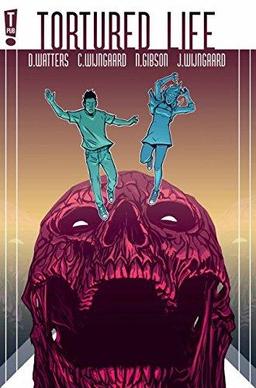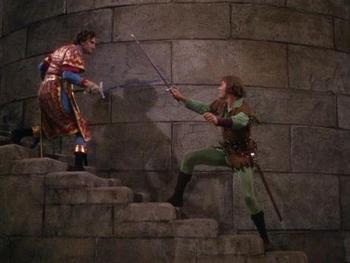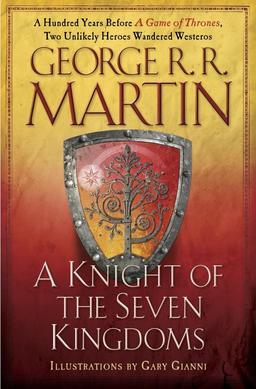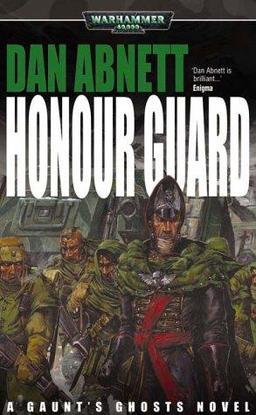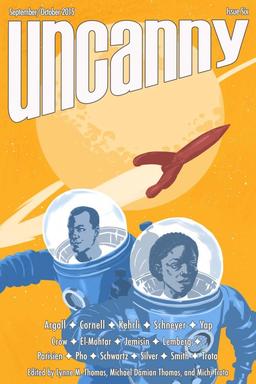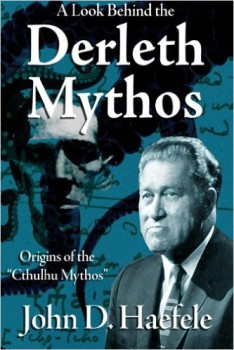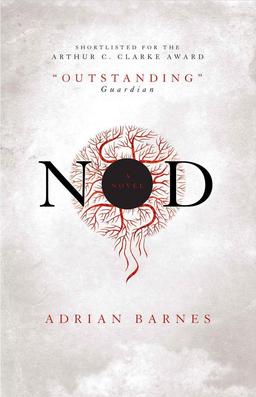New Treasures: Crucible Zero by Devon Monk
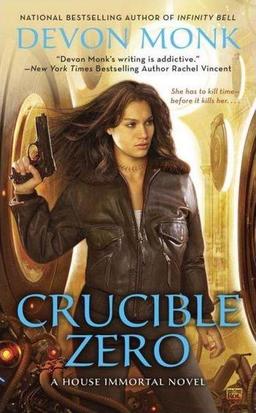 One of the great joys of buying original fiction is seeing the talented writers you found in the slush pile finally get wider recognition. The very first story I ever purchased for Black Gate, a delightful piece called “Stitchery’ by Devon Monk, gradually evolved into the House Immortal fantasy trilogy, as Devon explained on her blog last year…
One of the great joys of buying original fiction is seeing the talented writers you found in the slush pile finally get wider recognition. The very first story I ever purchased for Black Gate, a delightful piece called “Stitchery’ by Devon Monk, gradually evolved into the House Immortal fantasy trilogy, as Devon explained on her blog last year…
[House Immortal] isn’t a “standard” urban fantasy, but more like a science-fiction-y urban fantasy. But even though it’s set in the future a bit, it still (I hope) reads like urban fantasy, with a strong female lead character, some butt kicking, some humor, some trouble that could spell out the end of a world or two, and a host of interesting people and places.
Publisher and Editor John O’Neill at Black Gate noted here, that it reminded him of “Stitchery” the first short story he bought from me for Black Gate. I’m so happy he noticed! The series is based off of that short story, (albeit loosely) and Matilda, Neds, and Grandma were all first introduced in that short.
The first novel in the series was House Immortal, followed by Infinity Bell. Now Devon completes the trilogy with the final novel, Crucible Zero, on sale this month from Roc. The truce between the ruling Houses has shattered and chaos now reigns. Only one woman has the power to save the world — but she could also destroy it…
